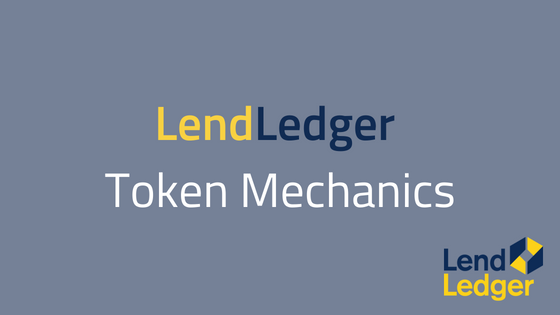"What describes Apollon? "
the best description of apollon is we are a marketplace concept based on a host of pan-entertainment with diversified offerings. "
"The vision”
Apollon Blockchain vision is to have a "free flow of value", enabling users or members of the Platform to enjoy the benefits of the rich offerings of blockchain technology.
"Apo coin”
APO coin is on blockchain and subject to a fair degree of exchange fluctuation while LCash handles the industrial needs with constant exchange value. This well-designed two-tier logic is meant to address and isolate industrial pain points on currency fluctuation when service is priced.
#ApollonAlliance #Apollonblockchain #ApollonPlatform #ApollonNetwork #cryptocurrency #Crypto #cryptonews #APOcoin #token #cryptocurrencytraders #cryptocoin #ICO #Bitcoin #Blockchain #APOvoyage #Ethereum
For more info, please visit us at http://apollon-foundation.org/ "
Apollon Cryptocurrency (APO) being listed and reviewed by different platforms
Different platforms have given their listing and reviews for Apollon Cryptocurrency (APO).
Below are the links of reviews and listings:
FXEmpire: https://www.fxempire.com/crypto/ico/apollon
Alt Coin Era: https://www.altcoinera.com/portfolio/apollon-foundation/
Cryptonea: https://www.cryptonea.com/ico-review/apollon-foundation/
ICO Glory: https://www.icoglory.com/ico/apollon
The ICO Listing: https://www.theicolisting.com/ico/apollon-foundation/
Alt Coin Era: https://www.altcoinera.com/portfolio/apollon-foundation/
Cryptonea: https://www.cryptonea.com/ico-review/apollon-foundation/
ICO Glory: https://www.icoglory.com/ico/apollon
The ICO Listing: https://www.theicolisting.com/ico/apollon-foundation/
WEBSITE : https://www.apollon-foundation.org/
Apollon_Whitepaper : https://www.apollon-foundation.org/static/file/Apollon_Whitepaper.pdf


